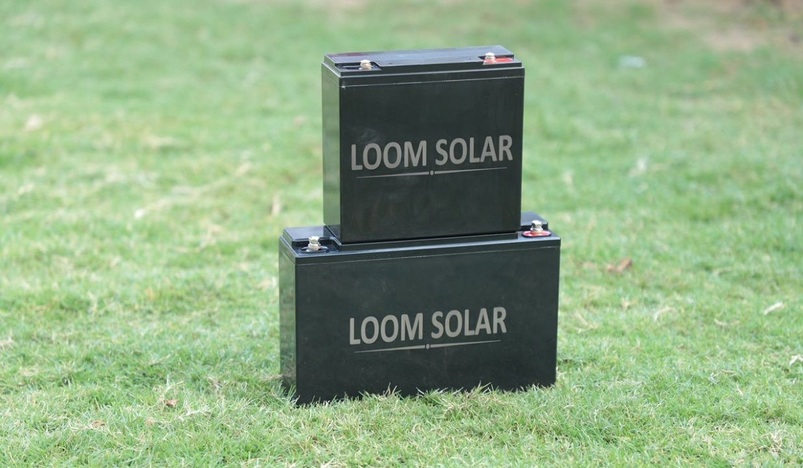
Solar Battery
A solar battery is required for any photovoltaic system, whether off-grid or hybrid, to store the excess energy produced by the panels and use it later when they are not producing power (at night) or have a reduced efficiency (in winter or in days when the sky is cloudy). The battery not only stores the energy generated, but it also serves as a device for saving money on your power bill.
It might be difficult to find and evaluate the best Lithium solar battery for home solar power system, especially if you are unfamiliar with the subject. Naturally, the seller from whom you choose to purchase the panels will provide you with all of the information you want to understand why you should get three panels rather than four, and why the inverter should be this size rather than the one you originally considered. Determine which batteries are appropriate for the system in question. However, before visiting an expert, it is beneficial to have additional information.
Two crucial signs should be considered before making a good decision. The battery's storage capacity, measured in kWh, shows how much current it can store and how long it can keep the home running. The battery power, which is measured in kW, then defines the amount of power that can be given in a single charge cycle. These criteria, on the other hand, will only be important if you have already computed the house's consumption requirements.
The depth of drain also indicates how long a battery may be used before it has to be recharged. Conversion and storage efficiency can also be used as a reliable indication. You can calculate how many units of electricity you can consume as a proportion of the current already stored in the batteries with its assistance.
Other considerations include battery life, manufacturer, customer feedback, and adherence to safety standards during the manufacturing and operation processes.
The next step is to select a battery type. The most popular kinds for solar systems are lead-acid batteries (AGM & Gel) and lithium-ion batteries, among the many options available.
They come in a variety of forms, but the ones that we're interested in for this discussion are the Sealed Batteries, which are classified into two types: AGM and Gel. Both types are common solar system components, and have been on the market for a long time, which explains their inexpensive cost. To make it easier to distinguish between them, we'll refer to them separately in the following sections:
AGM batteries have a high charging capacity and can be drained to 80 percent of their capacity. However, it is advisable not to surpass this barrier by 50% if you want to live longer. Due to the absence of freezing components, such a battery can often sustain more than 600 deep discharge cycles, demonstrating its endurance even at low temperatures. It is, nevertheless, susceptible to high temperatures and overload.
If you have a system for lighting, charging phones, or powering tiny customers, AGM batteries are a fantastic option.
Gel batteries operate far better in high temperatures, vibrations, shocks, or extreme discharges than any other lead-acid battery, but they cannot resist cold temperatures. They don't last very long, but they can resist over 1000 deep discharge cycles. They store less energy in the same amount of area as AGM batteries, which is why they take longer to charge and deliver less power.
These batteries have a longer life than the previous version, with between 3000 and 5000 charging cycles, and are commonly used in current solar energy storage systems. The best lithium Solar Battery for Inverter has a higher power at a lower current while also having a significantly deeper discharge depth.
These batteries are not immune from the rule, as any gain comes with a downside. Their lifespan is greater, but even when the batteries are not in use, it might decline. Furthermore, because of their superior technology, they have greater production expenses, which means you will have to spend more money to get them.
.jpg)
Qatar Secures Place Among the World's Top 10 Wealthiest Nations
.jpg)
Hamad International Airport Witnesses Record Increase in Passenger Traffic

Saudi Arabia: Any visa holder can now perform Umrah

What are Qatar's Labour Laws on Annual Leave?
Leave a comment